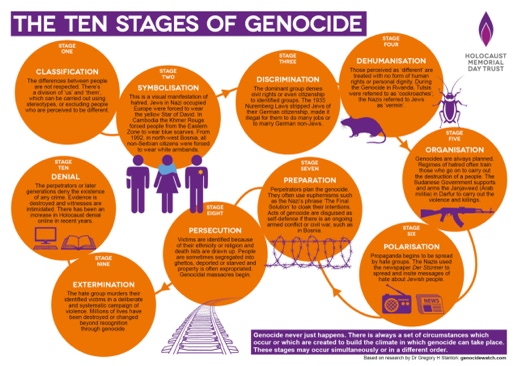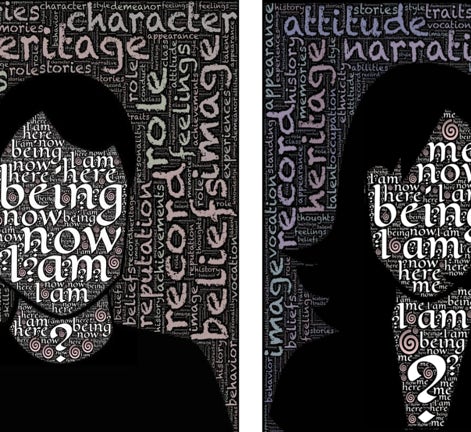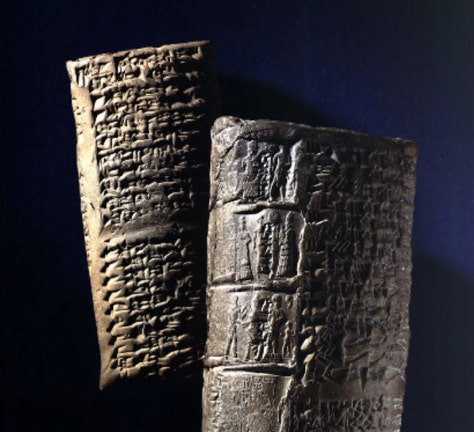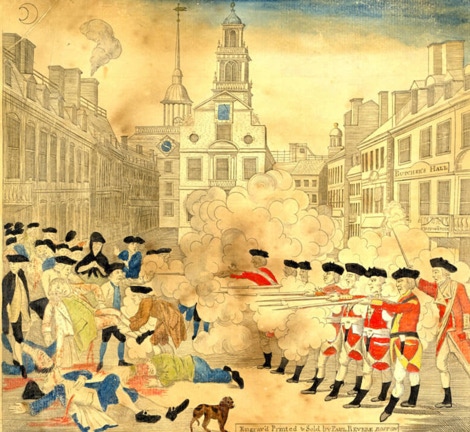What causes genocides to occur and how do we discern genocide from other atrocities such as mass murder and war? What lessons can we derive from genocide education?
Genocide has been endemic throughout human history. There have been instances of genocide from the time of the Amalekites in the Old Testament to Sudan at the beginning of the 21st century. Genocide is defined in international law as any of the following acts committed with intent to destroy, in whole or in part, a national, ethnical, racial or religious group, as such:
(a) Killing members of the group;
(b) Causing serious bodily or mental harm to members of the group;
(c) Deliberately inflicting on the group conditions of life calculated to bring about its physical destruction in whole or in part;
(d) Imposing measures intended to prevent births within the group;
(e) Forcibly transferring children of the group to another group.
Author: Anthony Salciccioli, Clarenceville Schools
What Is Identity And How Is It Formed?
In this unit, we intend to see history through the eyes of young people, how they interpret massive social change and how it impacts who people become. In addition to bearing witness and summarizing events in history, the assessment tasks are designed for students reflect on how identities were formed or manipulated, and how they would interpret their own identities in similar contexts.
Author: Frances Fabian-Moore, Detroit Public Schools Community District
As Museums Collect Artifacts From Ancient Cultures, Which Items Are Collected And Why? How Do These Artifacts Shape What We Perceive About These Cultures?
Students will examine primary sources from Mesopotamia. During their examination they will think about why these items would be displayed in museums or why they would have been saved? After their examination, they will create a list of items someone in the future would use to create an exhibit on our life in the 21st Century.
Author: Alyssa Nathan, Washington Parks Academy
How Can Ordinary “Stuff” Make History?
In this unit, we intend to see history through the eyes of young people, how they interpret massive social change and how it impacts who people become. In addition to bearing witness and summarizing events in history, the assessment tasks are designed for students reflect on how identities were formed or manipulated, and how they would interpret their own identities in similar contexts.
Authors: Jeff Koslowski, Henry Ford Academy; and Heather Sobek, Coldwater Community Schools
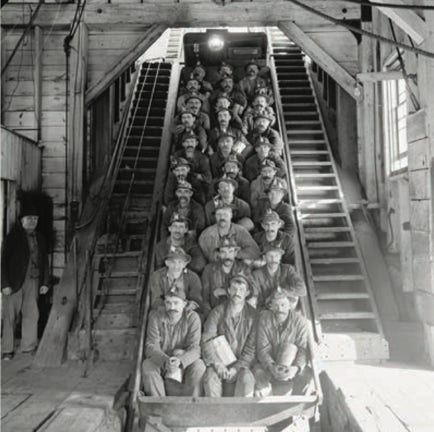
How Did Copper Contribute To The ‘Age of Modern Revolution’?
The story of a single element, copper, is tied to the history of Michigan -- and the world -- in many ways. This “new history” explores the larger story of copper as it connects to wealth and poverty, immigration, women's rights, and the tragic death of 59 children in the 1913 Christmas Eve "Italian Hall Disaster" in Calumet, MI. Students explore the past, present, and future of copper in an effort to understand how one element changed the course of history in many ways.
Author: Greg Dykhouse, Black River Public Schools
